5 tips for lasagna gardening in containers – to grow successful crops in small spaces
Experts lean into this sustainable gardening practice

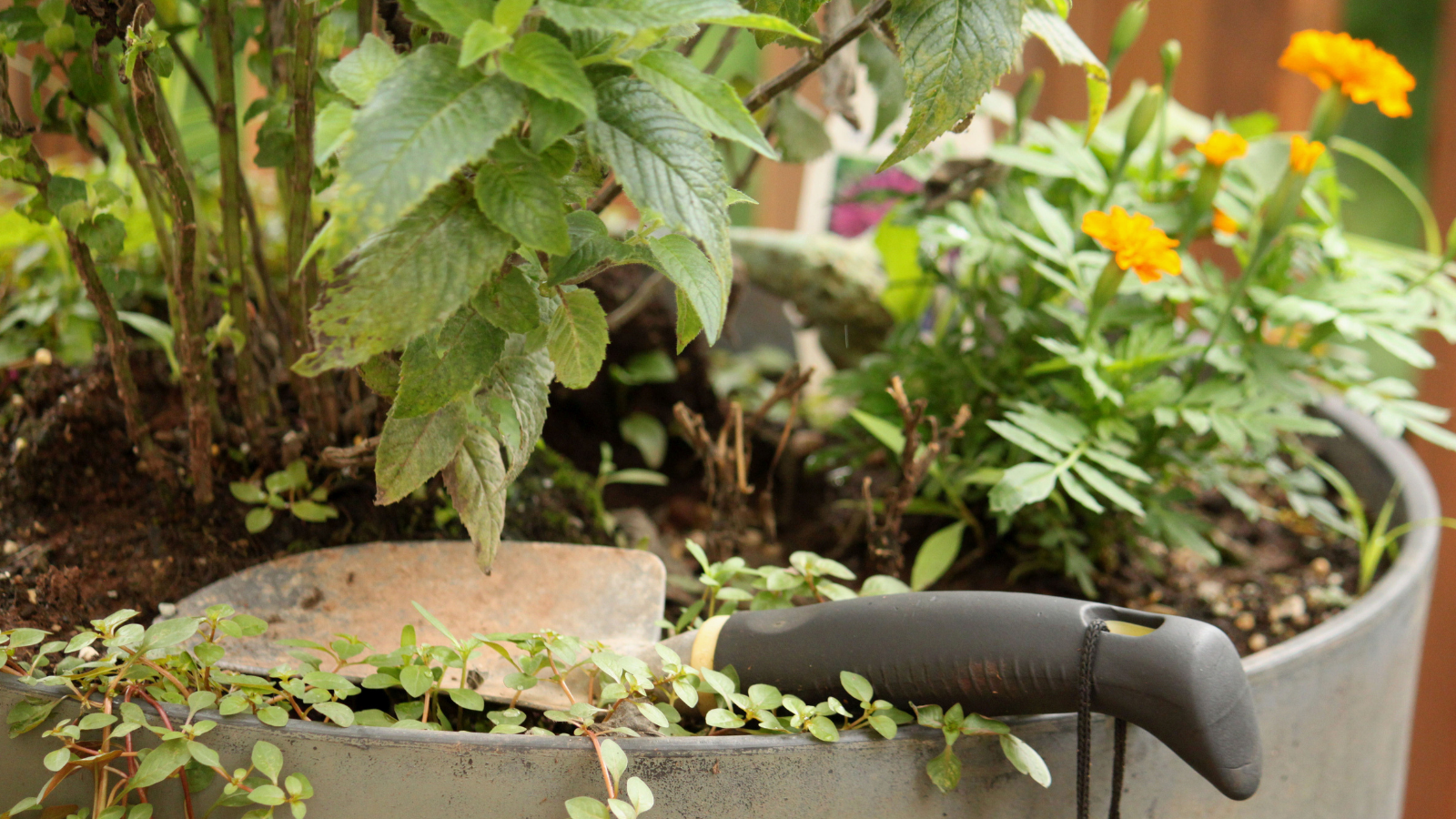
There are many reasons why you might want to begin lasagna gardening in containers. Also known as sheet mulching or no-till gardening, this gardening practice makes the best use of nitrogen-rich kitchen waste, alongside carbon-filled twigs and leaves, without taking up heaps of room.
In time, this low-maintenance way of creating what is an accessible kitchen garden may produce some of your best crop yet. That is, if you go about it in the correct way; choosing the most suitable pots, plants, and more crucial green detail.
To get us started, we asked horticultural experts with plenty of vegetable gardening and permaculture gardening experience for their top tips.
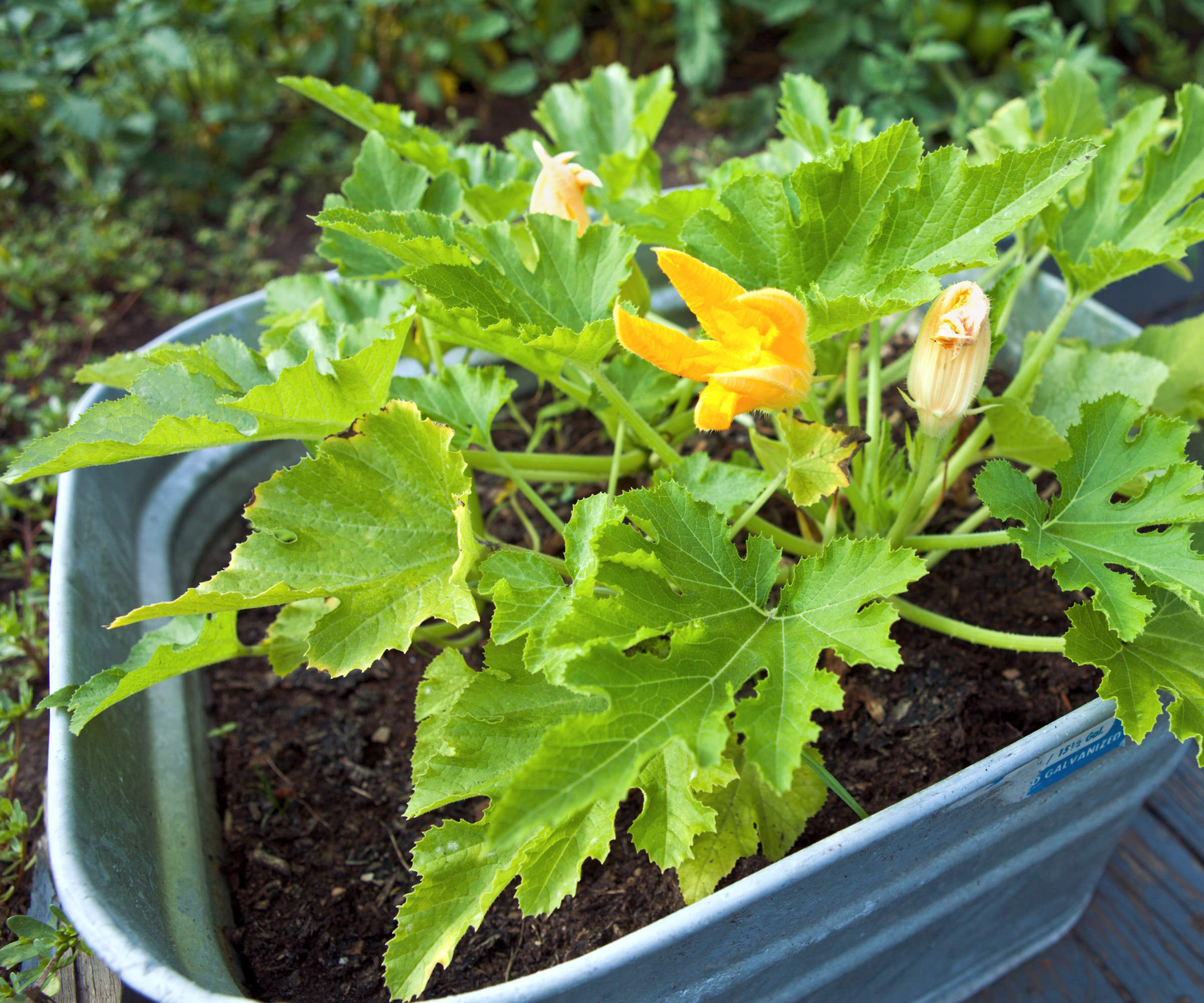
When are lasagna gardens in containers a good idea?
An urban setting with a balcony garden, or a small backyard with more patio than in-ground space are both all scenarios that might benefit from lasagna gardening in containers.
'Creating a lasagna garden in pots is an excellent way to enjoy the benefits of layered gardening in a compact space,' says Nisha Maxwell, garden designer and seed farmer at Mantis Planting.
You could also just be a fan of using containers for growing fruit and vegetables, especially if your soil conditions are difficult to work with. 'This method is favored for its efficiency in space and nutrients, especially beneficial in urban settings where ground soil may be limited or suboptimal,' says Steve Schumacher of Boston Landscaper Co.
Whether you are new to permaculture gardening, or if you wish to supplement an already eco-friendly outdoor space, here are the key factors to consider when lasagna gardening in containers:
Design expertise in your inbox – from inspiring decorating ideas and beautiful celebrity homes to practical gardening advice and shopping round-ups.

Nisha Maxwell is a landscape designer, desert farmer, and horticulturalist based in Joshua Tree. Nisha holds a Permaculture Design Certificate, certified by Permaculture Institute of North America through Oregon State University with Andrew Millison, and is a Certified Producer for vegetables and microgreens in Los Angeles and San Bernardino County.

With over three decades of experience in the landscaping industry, Steve Schumacher is the owner-operator of Boston Landscape Co. Since its inception in 1991, Boston Landscape Co has remained dedicated to delivering top-notch landscape contracting services to clients across the region.
1. Choose containers that are at least 12-18 inches deep
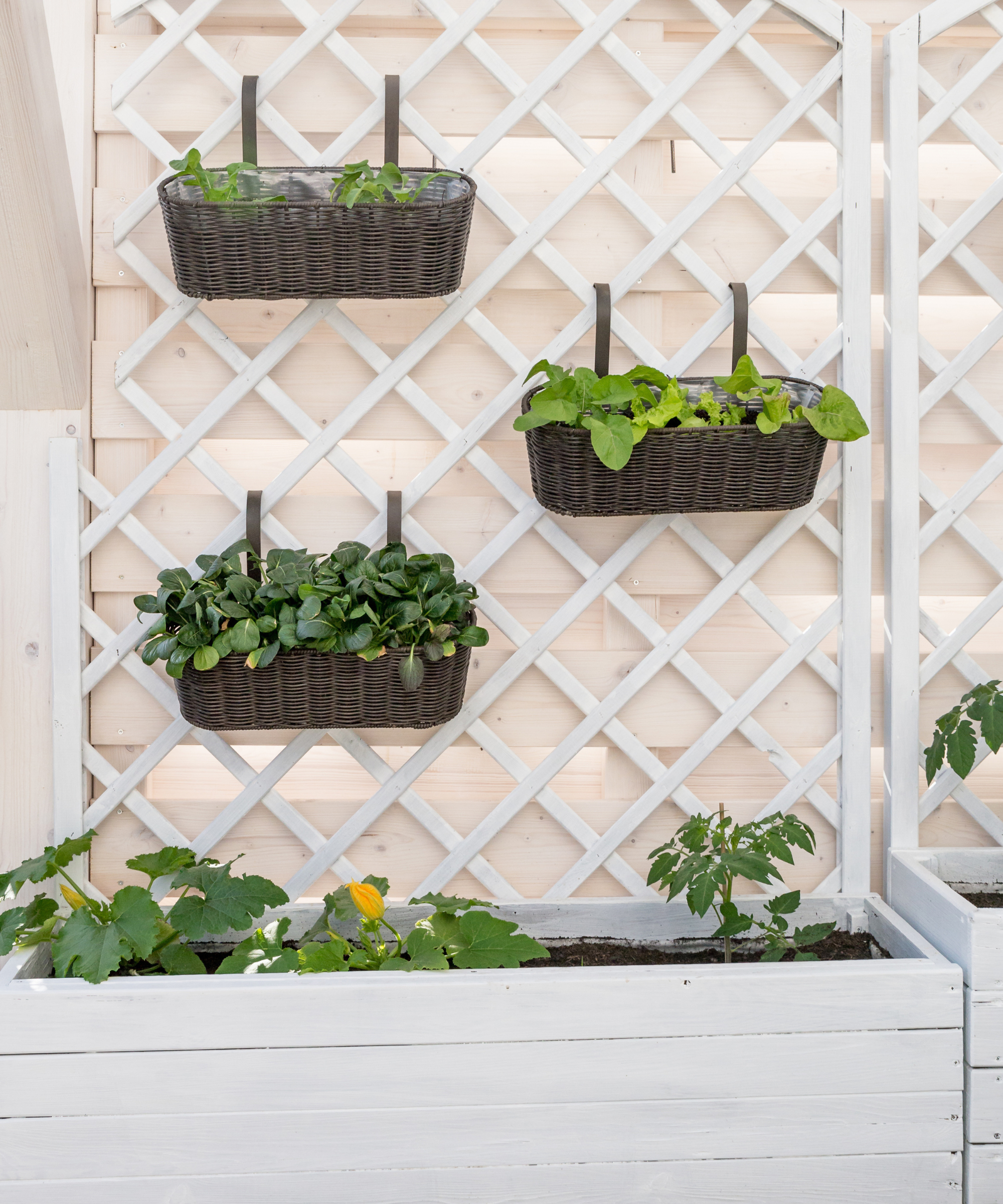
Plants fight for space, so giving them enough room to prosper is essential. 'For container types, choosing large, deep containers is essential; they should be at least 12-18 inches deep to accommodate the layering process,' says Steve.
Always check how much surrounding space individual plants require to grow happily, too, as this will impact how wide your containers should be. This can depend on the variety so look at seed packets for precise recommendations. Then source containers that are cut out for the job at hand, and are durable. 'Materials like wood, ceramic, or high-quality plastics are sturdy and provide adequate support, though I always recommend wood for its breathability and natural insulation properties,' adds Steve.
As you are likely to keep your container outdoors, make sure it is built to withstand your specific climate, and it pays to not purchase anything you will find too heavy to move, either. If you do need particularly large containers, consider light-weight plastic or even fiber varieties like this 30 gallon smart pot from Target.
'Ideal container types for this method include large, deep pots made of durable materials,' adds Nisha. 'Terracotta is an ideal material for a humid climate and plastic works well to retain moisture in dry climates. Ensure the containers are at least 12-18 inches deep to accommodate multiple layers and provide ample space for root growth. Additionally, choose pots with good drainage holes to prevent water-logging, which can lead to root rot.'
If you like wood and have room for a trellis that will offer vertical gardening space and room for climbing plant varieties, you might consider this Outsunny wooden raised garden bed from Target.
2. Start your lasagna garden in spring or fall
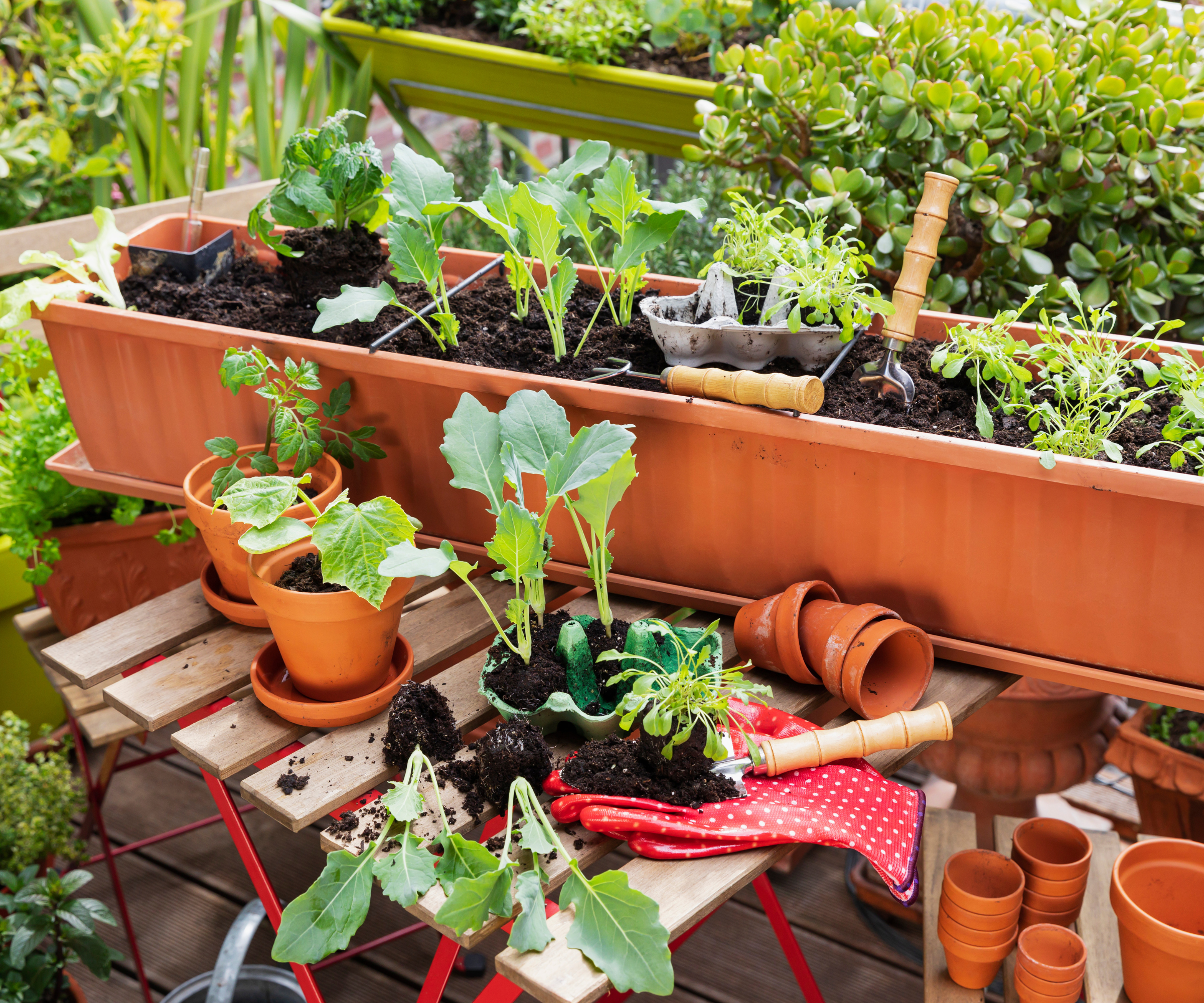
Your typical overground lasagna garden will usually take at least six months before it is ready to plant up. A lasagna garden should be prepared in spring or fall, to coincide with the next growing season. Due to the smaller nature of lasagna gardens in containers, you might be able to plant a little earlier. 'Lasagna gardening in containers can decompose faster due to better heat retention, typically ready in 3-6 months depending on conditions,' says Steve.
Still, patience is a key part of gardening, and although it is easy to get carried away with the prospects of growing delightful things, do not rush. 'It’s best to wait until the materials have mostly broken down before planting to ensure the roots can easily navigate the soil and access nutrients.'
3. Layering your lasagna garden for success

This is where the fun truly begins. In terms of materials, the construct of a lasagna garden in a container is the same as when done on open ground, and you still need a balance of green and brown materials. As when preparing for container plants, it is a good idea to start with a base layer of sand or coarse material like gravel or even small stones, this helps with drainage.
Next, you want to layer green materials like veggie scraps, coffee grounds, and grass clippings (that are all nitrogen-rich), with brown materials like shredded newspaper, dry leaves, and straw (that are full of carbon). Soil still comes into the mix, make sure it is a nutrient-dense blend. 'In terms of soil, a mix of peat, compost, and garden soil usually provides a nutrient-rich base,' says Steve.
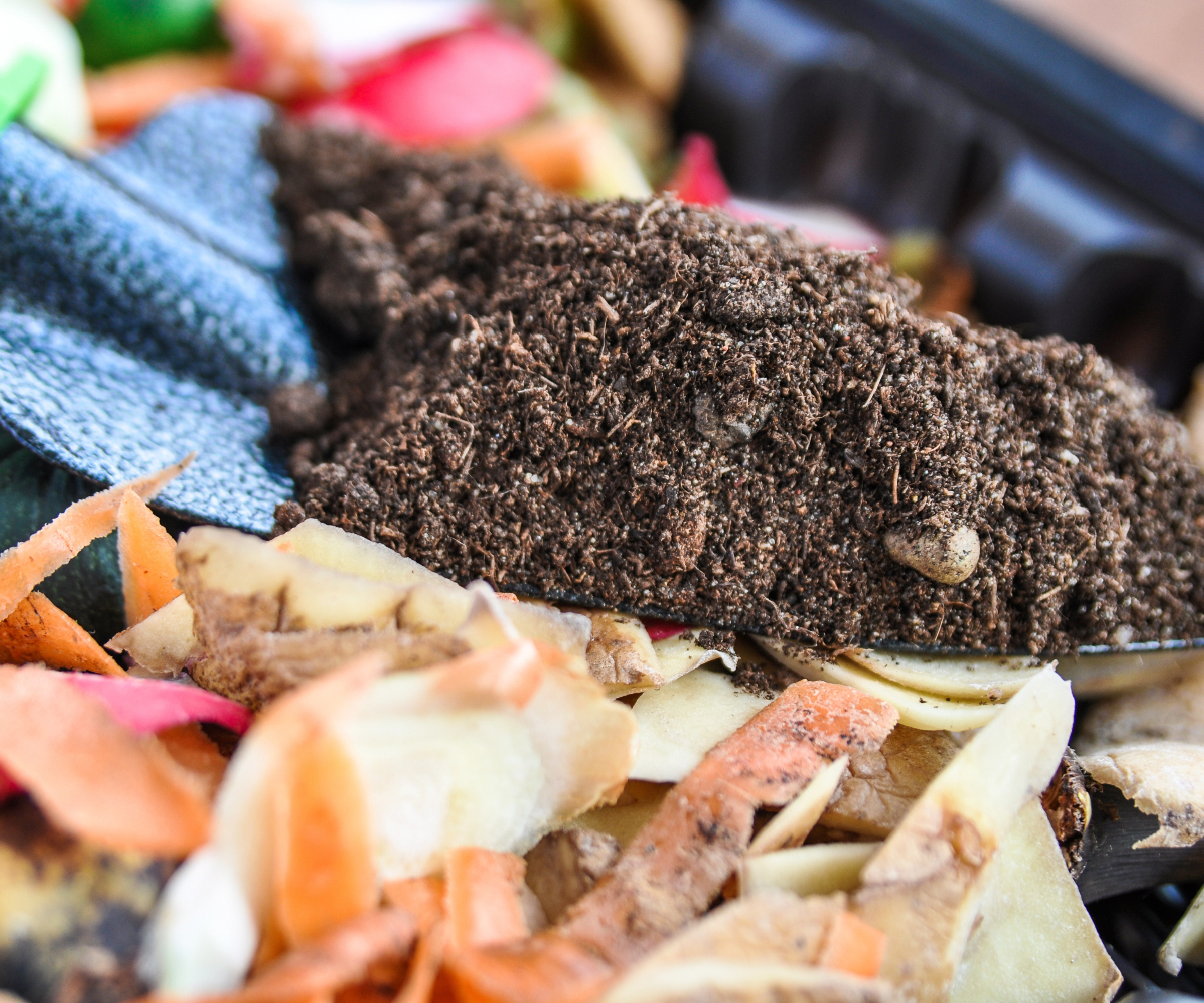
'Top each brown layer with a thin layer of soil or compost to help break down the organic matter,' advises Nisha. 'Finish with a thick layer of high-quality potting soil mixed with compost, which will serve as the planting medium. This layered approach mimics the nutrient-rich environment of a traditional lasagna garden, ensuring a steady release of nutrients as the materials decompose.
'To supercharge this, add some red wriggler worms, which you can find at your local tackle shop or online.' We found Uncle Jim's Worm Farm red wiggler composting worms mix for garden soil on Amazon, which make an ideal purchase if you occasionally fish too.
Much like in composting, there are some elements to steer clear of, 'Avoid using meat, dairy, or oils, which can attract pests,' warns Steve. Eggshells on the other hand make brilliant additions for the layers of your lasagna garden. 'Eggshells are excellent as they provide calcium, but should be crushed.'
4. Plants to favor in lasagna garden containers
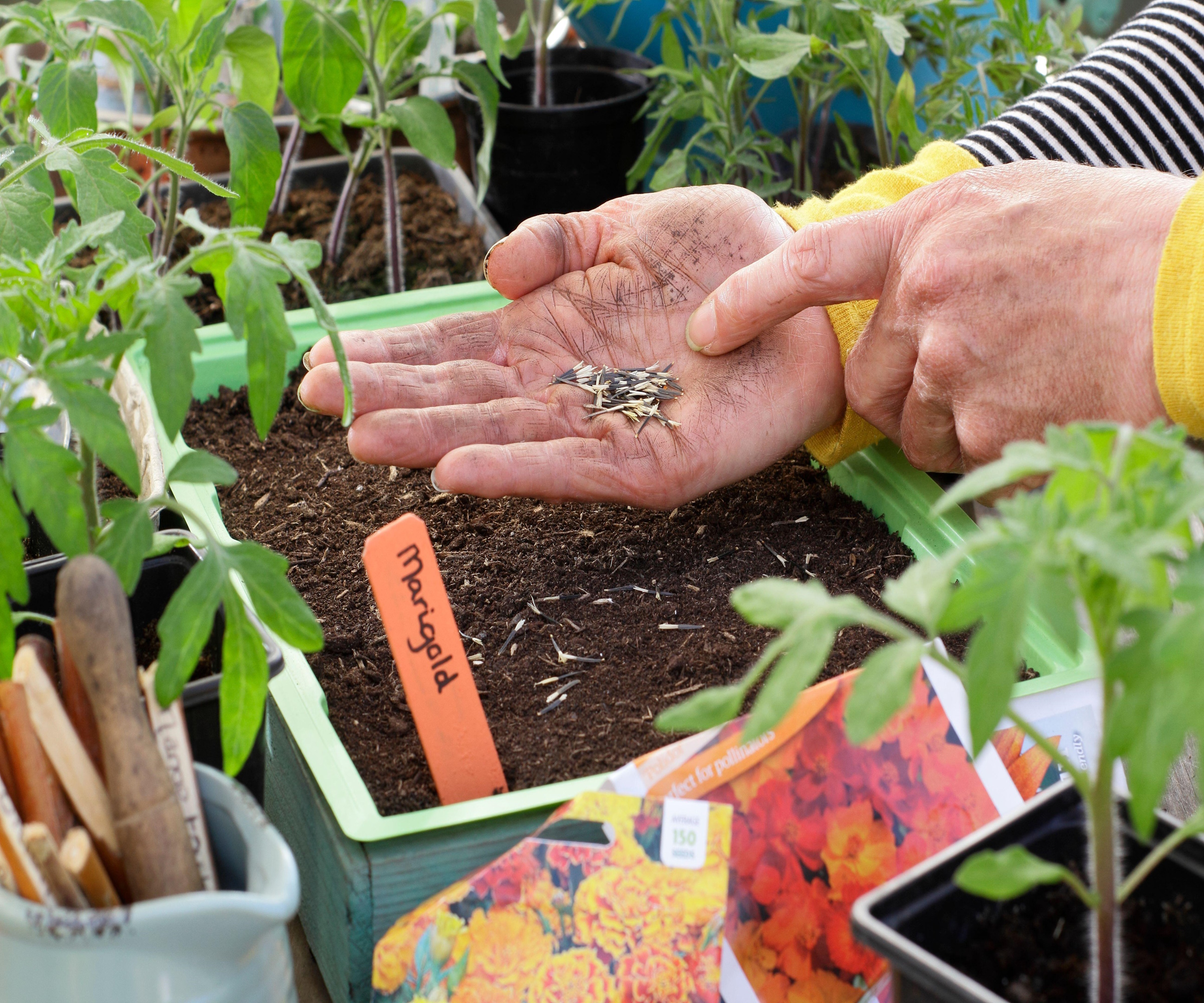
For those with their lasagna gardens ready to plant up, work with the season and your climate for best success. 'For early summer, consider heat-tolerant and rapid-growing plants such as petunias, marigolds, and culinary herbs like basil and chives, which thrive in the warmth and can be harvested repeatedly,' says Steve.
Due to the nature of container gardening, you have flexibility with positioning. Choose flowers, veggies. and herbs that will thrive in the location you have available to up your chances of a bumper crop and beautiful display. Some may prefer to choose drought-tolerant vegetables form the onset.
'From my specific project handling this type of garden setup for a client’s rooftop in Boston, we chose dwarf tomato varieties and bell peppers, which not only grew with vigour but also added vibrant aesthetics to the living space, effectively utilizing vertical and confined spaces. The client appreciated how this approach turned a bland rooftop into a flourishing, productive garden by mid-summer.'
Nisha calls out more favorite additions that you will see your vegetable garden thrive through the growing season. 'Ideal plant choices for the early summer months that can be grown from seed include cucumbers, and zucchini, arugula, collards, string beans, kale, basil, chard, and any other heat-loving vegetable that grows quickly.'
Timing is essential and if you don't already have seedlings ready to go, visit your local nursery to see what they have available. 'If you want to grow anything that takes longer, like tomatoes, peppers, and woody herbs, I recommend buying starts instead of planting from seed. These plants will benefit from the nutrient-dense layers of the lasagna garden, leading to healthy growth and bountiful harvests throughout the season.'
5. Protect your lasagna gardens throughout the seasons

A happy lasagna garden that is protected from the elements will last beyond one growing season, making it an even more sustainable gardening practice. 'These gardens can last several growing seasons if maintained properly. Over winter, it's beneficial to cover them to protect the structure and nutrients from leaching,' says Steve
Consider horticultural fleece available on Amazon, it is often used to protect plants in winter against frost if they cannot be brought indoors.
Small outdoor greenhouses can be found on Amazon, which can home more gardening materials too.
FAQs
What are the benefits of lasagna gardening in containers?
Being able to experience a no dig gardening method, without a plot, is one of the obvious incentives of lasagna gardening in containers, but this practice offers more that all seasoned gardeners will truly appreciate. 'Planting in containers offers numerous benefits, including pest control, ease of mobility, and the ability to control the soil environment more tightly, resulting in fewer soil-borne diseases,' says Steve Schumacher of Boston Landscaper Co. And it does not stop there, it is a perfect solution for tricky spaces that may seem unfit for growing anything at all.
Give lasagna gardening in containers a try and if space is less of an issue, you might want to explore the idea of keyhole gardening.

Camille is the former deputy editor of Real Homes where she covered a broad range of topics, including house tours, small space design, and gardens. She studied English language and Italian at the University of Manchester and during a year abroad studying linguistics and history of art in Bologna, Italy she started documenting her adventures and observations in a blog. Camille is always creating and spends her downtime painting, taking photos, traveling, and writing short stories.